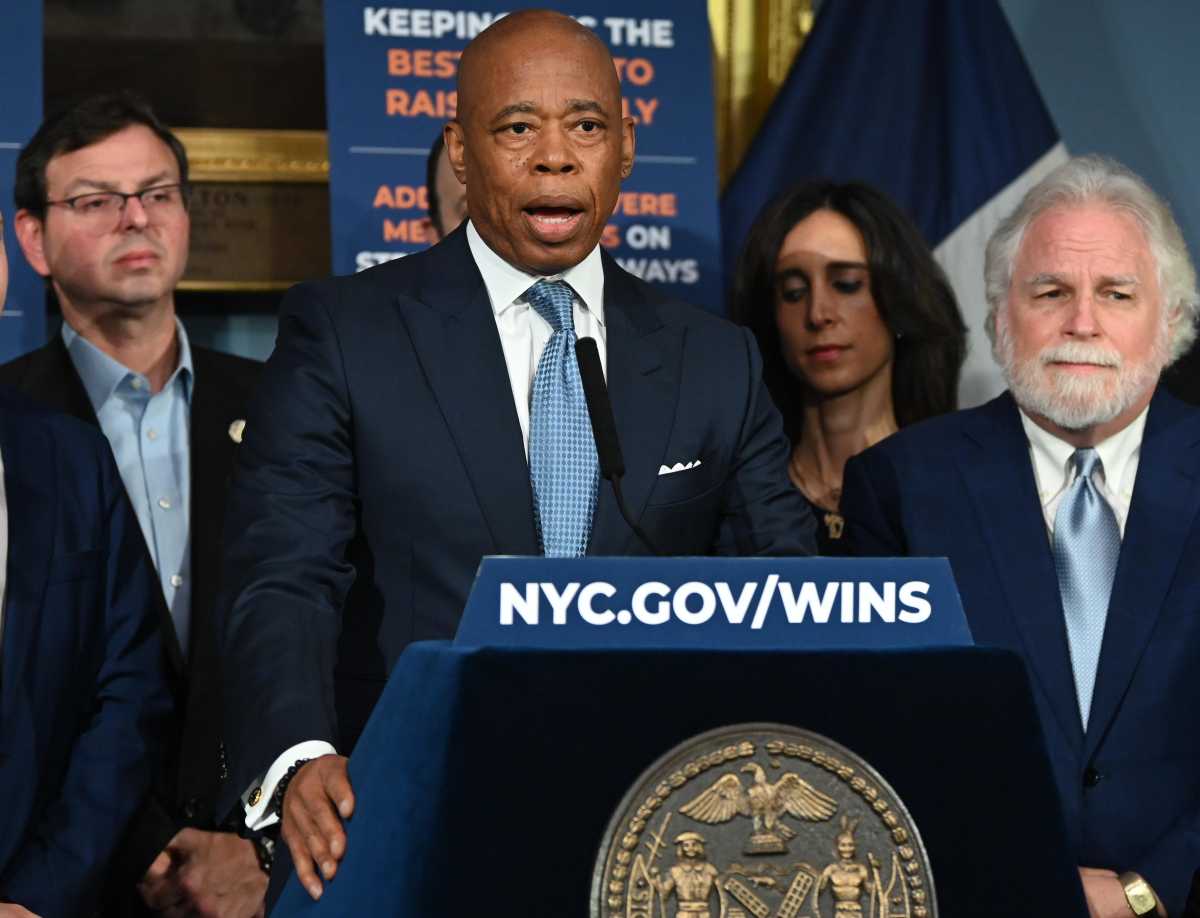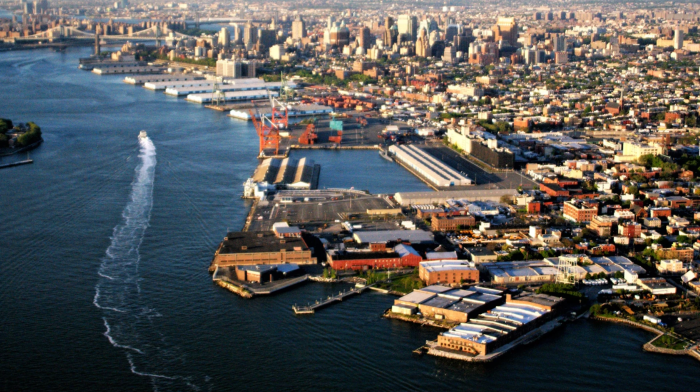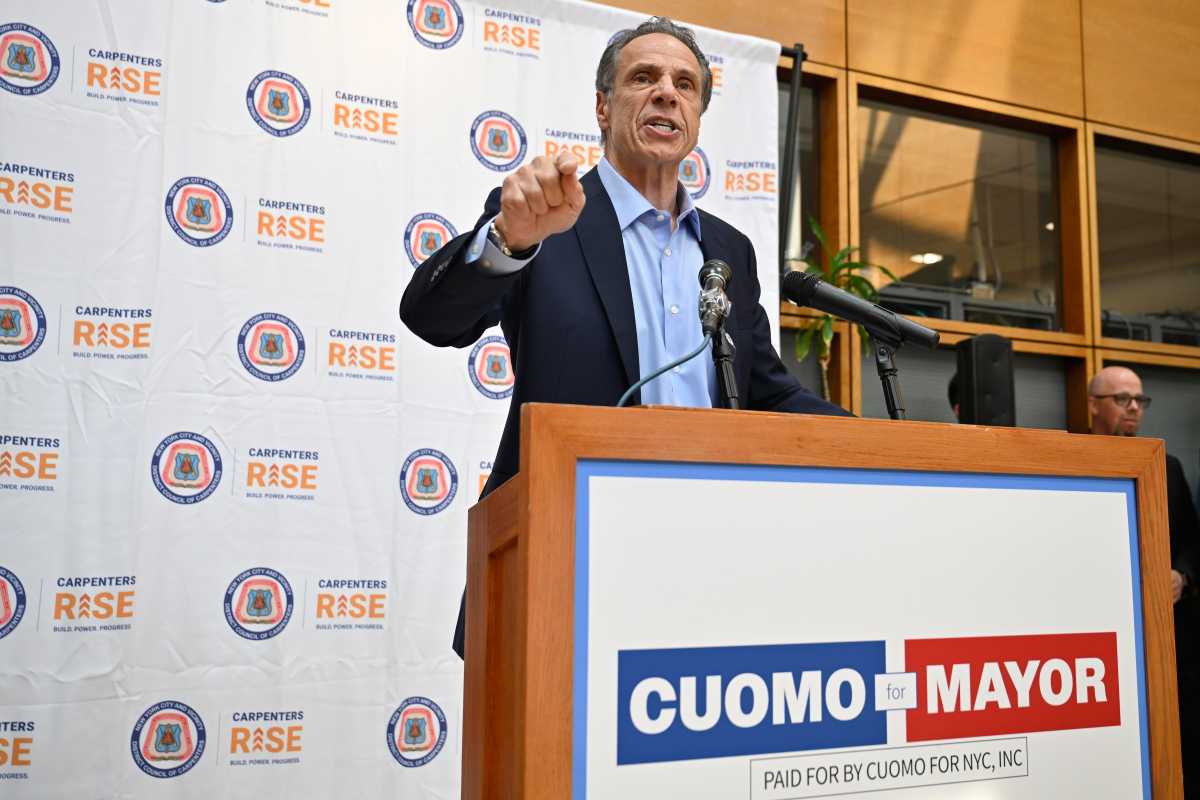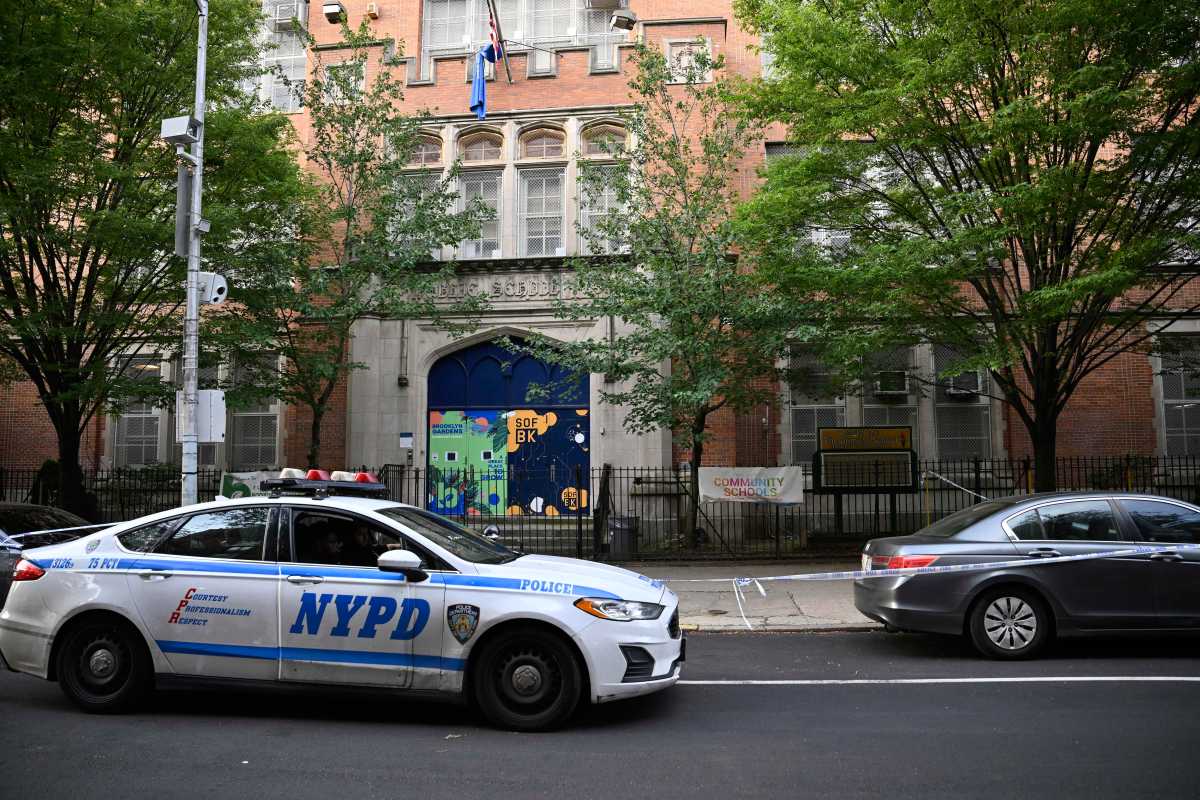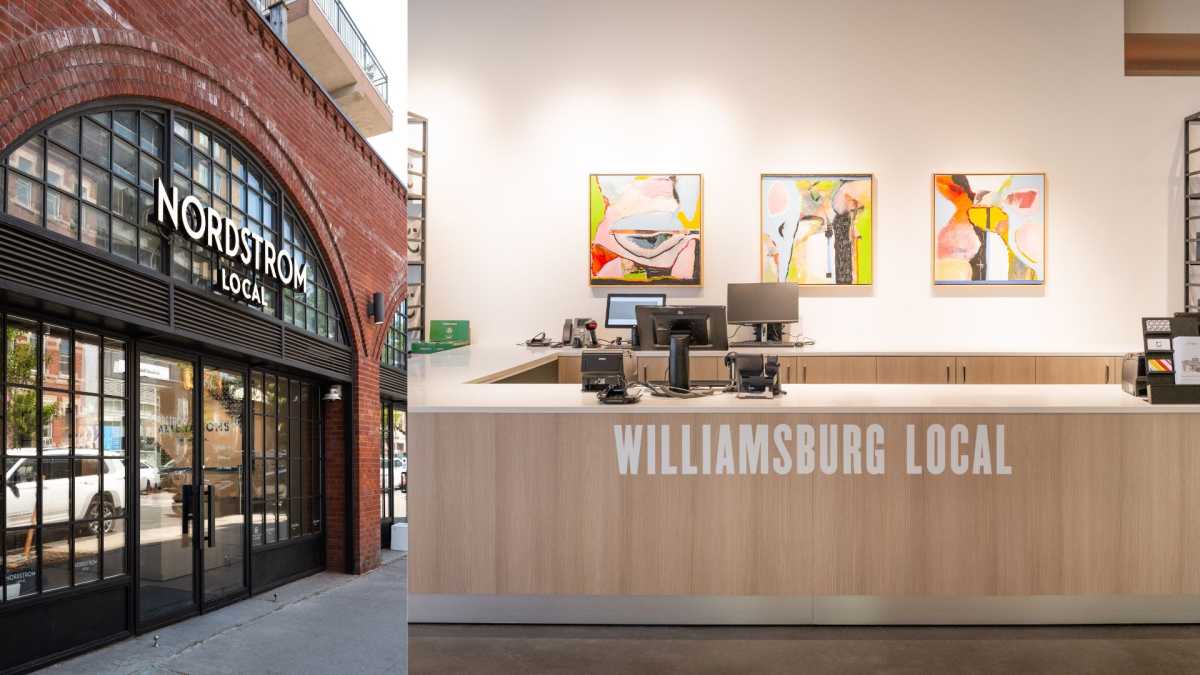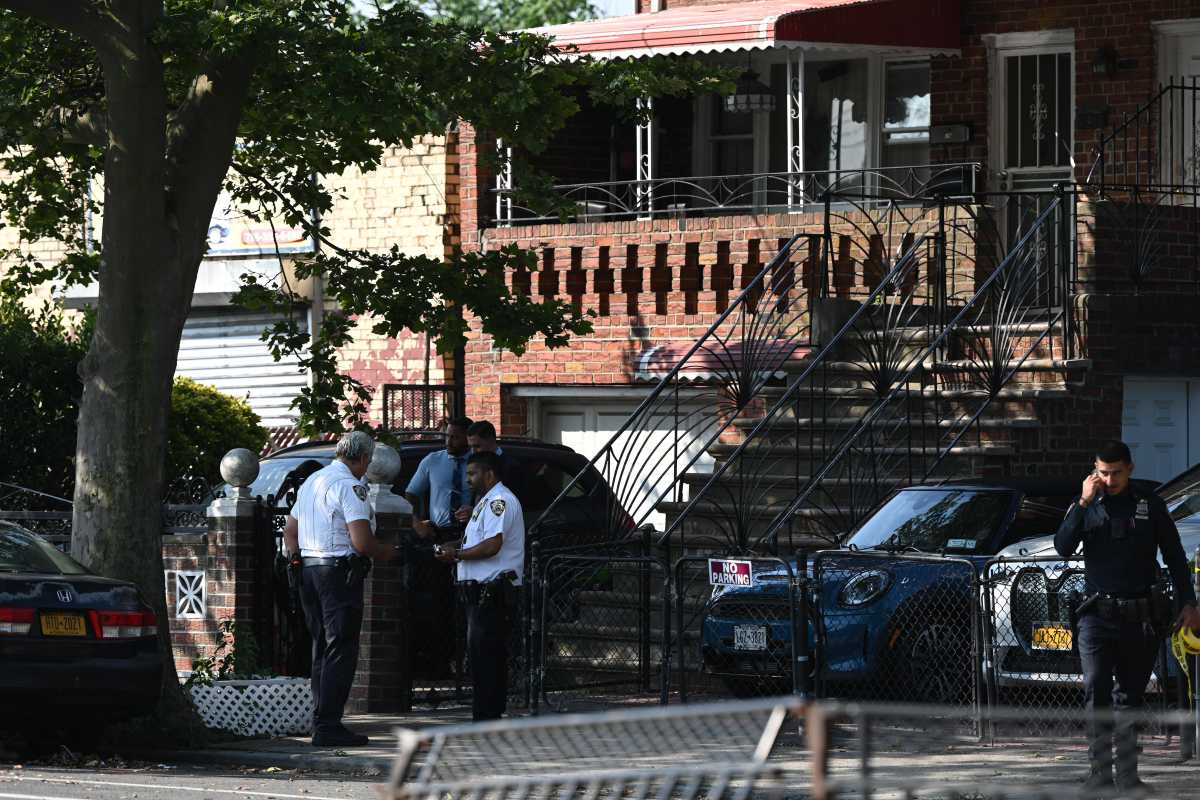For more than a decade now, the movement to institute congestion pricing in New York City has been proposed, debated, and ultimately killed over and over again. But this time, it appears that the controversial proposal is finally going to become
a reality.
As this newspaper went to press this week, it was reported that Democrats in the Legislature appeared to have enough votes in favor of congestion pricing to include it in the budget that’s still being hammered out. Lawmakers have until April 1 to get a budget
deal done.
What this means is that very soon, anyone crossing an East River bridge into Manhattan, or traveling south of 60th Street in Manhattan, will be charged a toll. The revenue generated from this plan will be used to fund much-needed public transit improvements, even though it’s hoped that congestion pricing will encourage more people to leave their cars at home when traveling to Manhattan, thereby
reducing traffic volume.
The plan would only affect between one and two percent of Kings Countians who drive into the distant isle of Manhattan, according to analysts.
Proponents of the decades-old idea say it would both reduce the amount of cars on the road and provide about $15 billion annually to the Metropolitan Transportation Authority to fund improvements to the city’s beleaguered subway system, according to a rep for the independent Regional Plan Association, who on last week’s episode of Brooklyn Paper Radio said the pricing scheme would impact only 1.3 percent of Brooklynites.
Data compiled by pro-congestion pricing group Tri-State Transportation Campaign predicted a slightly higher impact on the Borough of Churches, estimating that 2.4 percent of local commuters would regularly pay the charge. But more than 60 percent of Brooklynites take public transit, and would benefit from improvements to that system, according to the organization.
Opponents of the plan say it’s just another undue expense that would drain more money out of middle-class pockets. A few critics also argue that imposing the tolls would turn bridge-adjacent neighborhoods like Brooklyn Heights, Williamsburg, and Downtown into parking lots for commuters who would ditch their cars there, and then hop on subways to avoid paying the fee. And, of course, skepticism abounds over whether the state will allow these funds to truly be used for public-transit projects, or whether this becomes just another revenue stream from which
to pilfer.
But the woeful state of the city’s public transit system, combined with the stark increase in traffic volume in recent years, have made congestion pricing a necessary evil in the eyes of many. Still, it needs to come with changes for the Transportation Authority and for Brooklyn commuters alike.
Prior to the tolls being implemented, city officials must look to expand the NYC Ferry Service to even more coastal neighborhoods, such as Canarsie, where residents for years have said a boat would provide a needed alternative for commuting in Brooklyn and beyond. The recently announced stop in Coney Island is simply not enough.
And the state-run Transportation Authority must do more to trim the fat from its corporate budget. The overhead in the agency is staggering; more than a quarter of all employees earns in excess of $100,000 a year, at a time that the authority faces an unprecedented deficit. Leadership must be held accountable to cut costs as the public is asked to pay more for improvements.
For this plan to be truly palatable to all Brooklyn residents, the city and state must follow through with its promise to use that revenue solely on public-transportation improvements — and those improvements must begin almost immediately.
The funds that would come from congestion pricing could be used to implement more and faster signal upgrades, trains, and accessibility measures at Southern Brooklyn subway stations — such as those many R line hubs south of DeKalb Avenue station that are not set to receive repairs under the Transportation Authority’s current plan to upgrade signals along that line.
The revenue must also be used to improve the borough’s beleaguered bus system — some routes of which have been unchanged for decades — especially in subway-starved neighborhoods such as Brownsville, Canarise, Bergen Beach, East New York, Marine Park, and Mill Basin, where commuters need viable alternative-transportation options before they can ditch their cars.
Additionally, the Transportation Authority must, within the next year, take down the toll gantries at the Cross Bay Bridge, and the Marine Parkway Bridge between Brooklyn and Queens. If we are to pay more to travel into Manhattan, then we ought to have no cost to travel within Kings and Queens counties.
These are steps that should be taken right off the bat, but the congestion-pricing plan must also serve to provide a down payment for the future of public
transportation.
If congestion pricing is going to work for New York City, then the city and state must keep their promise, and it must be an unshakable, unconditional pact: For this “tax” on drivers, the city must finally provide all New Yorkers with a modern, efficient public transportation system.


